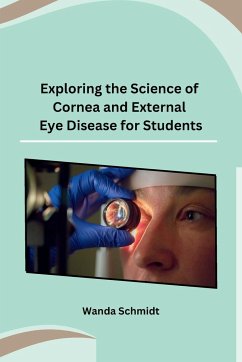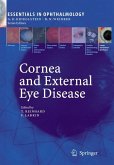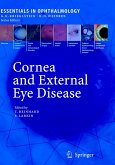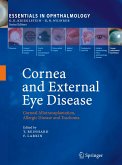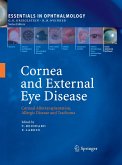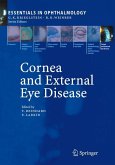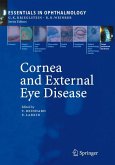The cornea is a vital part of the eye that plays a crucial role in our vision. As students interested in the field of ophthalmology, it is essential to understand the significance of the cornea and its role in maintaining clear and healthy eyesight. The cornea is the transparent, dome-shaped front surface of the eye, covering the iris, pupil, and anterior chamber. It acts as a protective barrier, shielding the eye from dust, debris, and harmful UV rays. Additionally, the cornea plays a significant role in focusing light onto the retina, allowing us to see objects clearly. One of the primary functions of the cornea is to refract light. When light enters the eye, it is bent or refracted by the cornea. This refraction helps to focus the light rays precisely onto the retina, which is responsible for converting the light into electrical signals that are interpreted by the brain as images. Therefore, any irregularities or abnormalities in the shape or thickness of the cornea can lead to vision problems such as nearsightedness, farsightedness, astigmatism, or even blurred vision. Maintaining the health of the cornea is of utmost importance. Various external factors can affect the cornea, including injuries, infections, and diseases. Students studying ophthalmology must understand the various corneal diseases and conditions that can impact vision. Some common corneal conditions include corneal ulcers, dry eye syndrome, keratitis, and corneal dystrophies. Recognizing the symptoms and understanding the treatment options for these conditions is vital in providing appropriate care to patients. Furthermore, the cornea is a unique tissue that has the ability to regenerate. This property makes corneal transplants possible, where a damaged or diseased cornea can be replaced with a healthy donor cornea. Learning about corneal transplantation and the factors that affect its success is crucial for students interested in ophthalmology.
Hinweis: Dieser Artikel kann nur an eine deutsche Lieferadresse ausgeliefert werden.
Hinweis: Dieser Artikel kann nur an eine deutsche Lieferadresse ausgeliefert werden.

